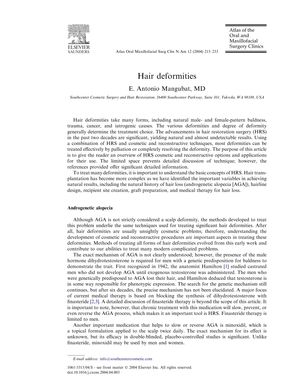TLDR Hair restoration surgery techniques can effectively treat scalp deformities and have evolved to provide natural-looking results.
The 2004 document discusses the treatment of hair deformities through hair restoration surgery (HRS), including advancements in techniques such as hair-bearing flaps, tissue expanders, and hair transplantation. It emphasizes the importance of understanding the natural history of hair loss, hairline design, and medical therapies like finasteride and minoxidil, particularly for androgenetic alopecia (AGA). The evolution of HRS is traced from early Japanese dermatologists to modern follicular unit transplantation, which yields natural-looking results. The document also details the use of tissue expansion in reconstructive surgery, despite the temporary cosmetic deformity it causes during the process. Case studies are presented, including a 42-year-old man who underwent corrective surgery for an unnatural appearance from old transplant techniques, another 42-year-old man with flap necrosis, and a 7-year-old boy with a scalp defect treated with tissue expansion. Additionally, two cases of scalp burns are described, highlighting the successful use of tissue expansion and the importance of surgeon skill in HRS, cosmetic, and reconstructive surgery. The document concludes that a combination of these techniques can effectively treat scalp deformities and underscores the rapidly changing nature of the field, recommending further education for practitioners.
 139 citations
,
June 2003 in “Journal of Investigative Dermatology Symposium Proceedings”
139 citations
,
June 2003 in “Journal of Investigative Dermatology Symposium Proceedings” Androgenetic alopecia in women needs more research and better management strategies.
 66 citations
,
April 2002 in “Journal of The American Academy of Dermatology”
66 citations
,
April 2002 in “Journal of The American Academy of Dermatology” Finasteride increases hair weight and count in men with hair loss.
 370 citations
,
September 1999 in “The New England Journal of Medicine”
370 citations
,
September 1999 in “The New England Journal of Medicine” Finasteride and minoxidil are effective for hair loss, but continued research is needed for better treatments.
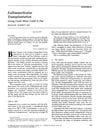 3 citations
,
August 1998 in “Dermatologic Surgery”
3 citations
,
August 1998 in “Dermatologic Surgery” Bobby Limmer was crucial in developing a hair transplant method that uses natural hair groupings for a more realistic look.
 143 citations
,
October 1996 in “Dermatologic Clinics”
143 citations
,
October 1996 in “Dermatologic Clinics” Too much androgen can cause hair loss; finasteride may help.
172 citations
,
December 1994 in “The Journal of Dermatologic Surgery and Oncology” This hair transplant method improves cosmetic results for hair loss.
 666 citations
,
September 1977 in “British Journal of Dermatology”
666 citations
,
September 1977 in “British Journal of Dermatology” Common baldness, also known as Androgenetic Alopecia, is caused by a combination of genetic factors and hormones called androgens.
 23 citations
,
March 2001 in “Clinics in Dermatology”
23 citations
,
March 2001 in “Clinics in Dermatology” Hair restoration surgery techniques have evolved, with focus on patient selection and realistic goals, and future advancements may include cloning and gene therapy.
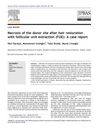 28 citations
,
July 2011 in “Journal of Plastic Reconstructive and Aesthetic Surgery”
28 citations
,
July 2011 in “Journal of Plastic Reconstructive and Aesthetic Surgery” A patient had skin tissue death at the hair removal site after a hair transplant, which was treated with surgery.
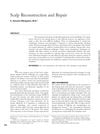 9 citations
,
November 2008 in “Facial Plastic Surgery”
9 citations
,
November 2008 in “Facial Plastic Surgery” Effective scalp reconstruction requires a wide range of surgical skills and an understanding of hair biology.
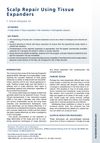 11 citations
,
August 2013 in “Facial Plastic Surgery Clinics of North America”
11 citations
,
August 2013 in “Facial Plastic Surgery Clinics of North America” Tissue expanders effectively repair large scalp defects and restore a natural-looking scalp.
 10 citations
,
January 2011 in “Journal of Cutaneous and Aesthetic Surgery”
10 citations
,
January 2011 in “Journal of Cutaneous and Aesthetic Surgery” Surgical methods for hair loss are less common than hair transplants but still useful, especially for scarring hair loss.
